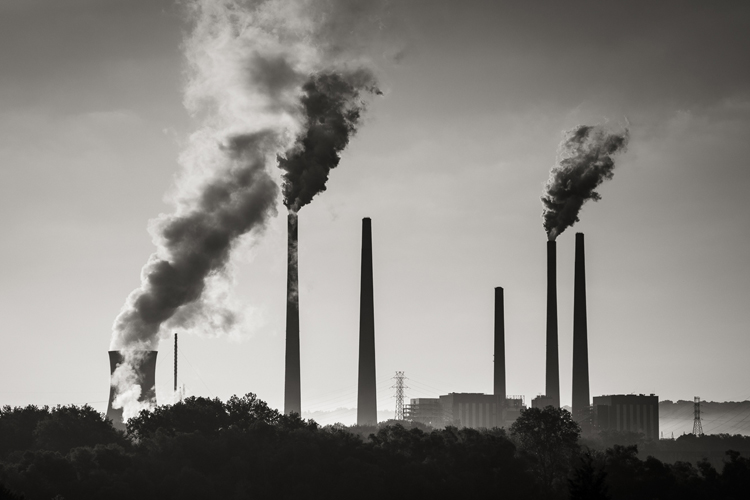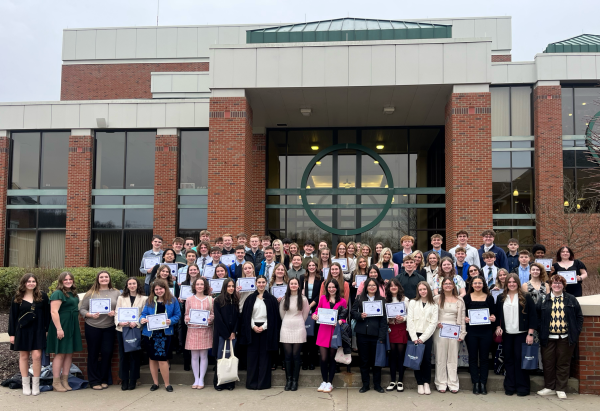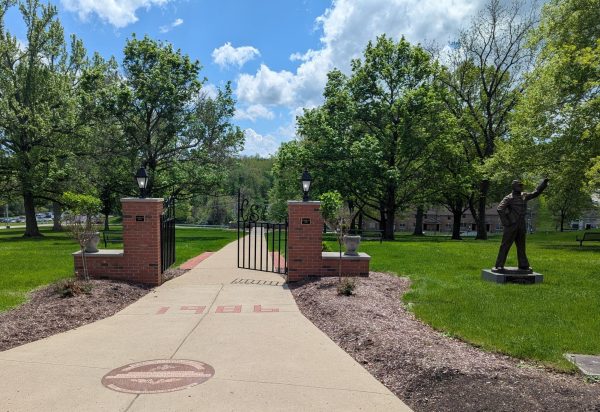Earth’s “last best chance”: applying COP26 to national, local levels
This photo was accessed via Google Images under the Creative Commons License.
Air pollution is one of the most dangerous pollutants to humans, especially to those with asthma or other breathing conditions. Limiting the use of fossil fuels and switching to greener energy sources are just a couple ways to decrease the toxicity of the air.
Climate change is an all-too real threat to the planet. Carbon emissions, deforestation and fossil fuels are just a few of the leading causes of a dangerous worldwide phenomenon that, if left unchecked, could destroy many of the planet’s natural habitats and communities. This only increased the vitality of the October 31 through November 12 Conference of Parties 26, also known by the abbreviation COP26, a global United Nations climate summit that some, according to the summit’s website, considered the planet’s “last best chance” at limiting the consequences of climate change.
For almost thirty years, the United Nations has hosted annual climate summits that have worked to bring the issue of climate change to the front of the world stage, a position that has only grown in importance since the birth of the Paris Agreement in 2015 at COP21.
The Paris Agreement is an international treaty on climate change with a central goal of minimizing global warming to beneath 1.5 degrees Celsius, an objective with an rapidly closing window of opportunity. If this goal is not reached, it could be disastrous for the earth’s climate with weather-based consequences such as increased heat waves, further melting of glaciers and the intensification of storms posing greater threats to earth’s inhabitants.
According to the UN Climate Summit and COP26 website, other goals of the conference included finding ways to preserve natural environments through adaptation, securing the mobilization of finances from developed countries, and collaborating to “finalise the Paris Rulebook (the detailed rules that make the Paris Agreement operational)” and “accelerate action to tackle the climate crisis through collaboration between governments, businesses and civil society.”
Conferences like this have been historically successful, and Senior Sam Smyakl agreed: “I think that climate summits, like COP26, are successful because they provide a chance for developed nations to come together and discuss the threats to our future that climate change causes and how we can prevent further destruction.”
However, as AP environmental Science teacher Mrs. Monteleone noted, “Potentially, a big conference like this could have no limitations. Anything could happen. But realistically there are limits [to what can be accomplished].”
Those limits are what makes it necessary for action to be taken on a domestic scale. The ideas from the climate conference can be applied through either the national or local levels, though each have different resources and capabilities.
The national government has the power to make and enforce laws regarding ecological sustainability and climate justice. “At this point, it is the government’s responsibility to regulate climate change. The lead contributors to the increase in carbon emissions are from fossil fuels and deforestation. The government must restrict the extraction of fossil fuels and harvesting of trees. However, they must also provide green alternatives and provide jobs to displaced Americans who worked in those industries [affected by the restriction],” Smykal said.
But the full weight of climate responsibility does not fall on governments alone. As inhabitants of the earth, climate activists believe the individual should be held accountable for making “greener” decisions as well.
While it can feel overwhelming to consider one’s impact on the environment, any ecologically sustainable choice a person makes has an impact, no matter how small. Be it through conserving electricity and water, cutting down on single-use plastics or switching to renewable energy in the home, there are a variety of ways to make a difference on the environment.
On the balance between the responsibilities of government and the individual, Junior Cayden Bennett said, “I don’t think most people make efforts to help the climate because as individuals we do not feel like we are making a difference. I would say [climate responsibility] would fall somewhere in between the government and the individual. The government can’t necessarily tell you what to do with our trash, [but] littering is very rarely enforced. … [I think] those who are taught correctly about the health of our environment could pave a path and teach others.”
Monteleone referenced the significance of education as well. She believes that if people focused more on learning factual information about how they can positively impact the environment, as compared to misinformation from untrustworthy sources, they’d be more inclined to work toward making a difference. If people were well-educated on the matter, she said, change could come more efficiently and impactfully.
While the climate change crisis does not have a true end in sight, governments around the world, through conferences like COP26, continue to work for a more sustainable earth, and informational material for those interested in joining the fight against global warming is widely available. With enough help from both governments and individuals, the consequences of climate change can be limited, preserving planet Earth for generations to come.
Outside of school, you can usually find Emma dancing, solving word puzzles, buried deep inside a book, or dreaming of some new and delicious dessert to...






